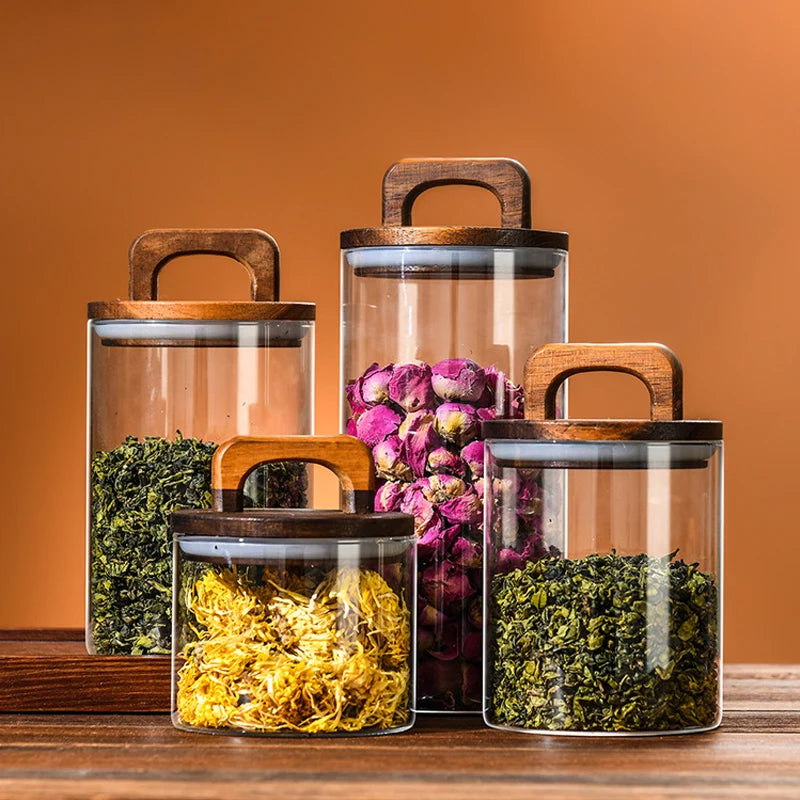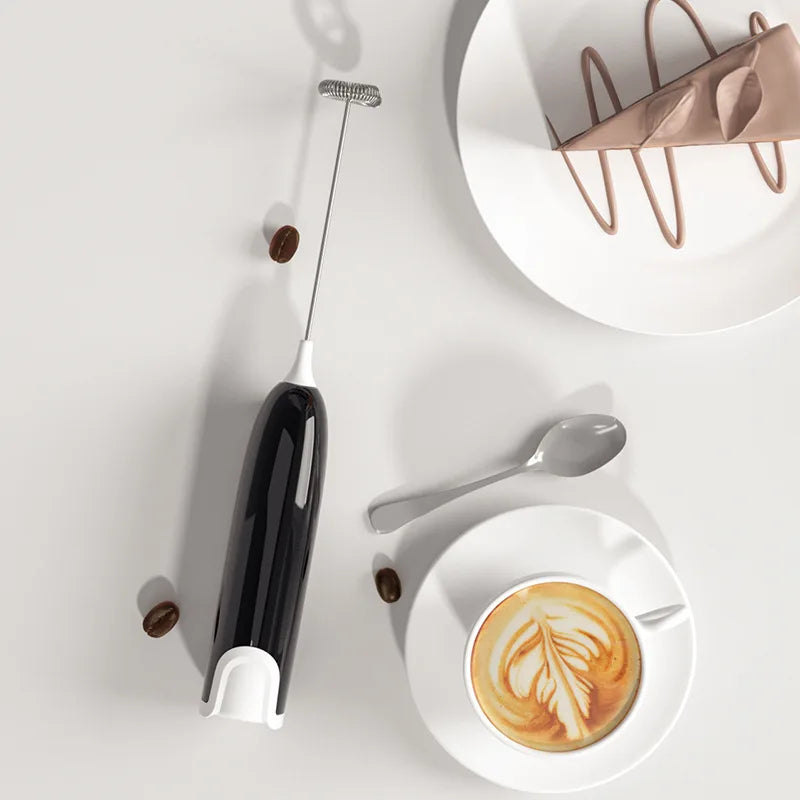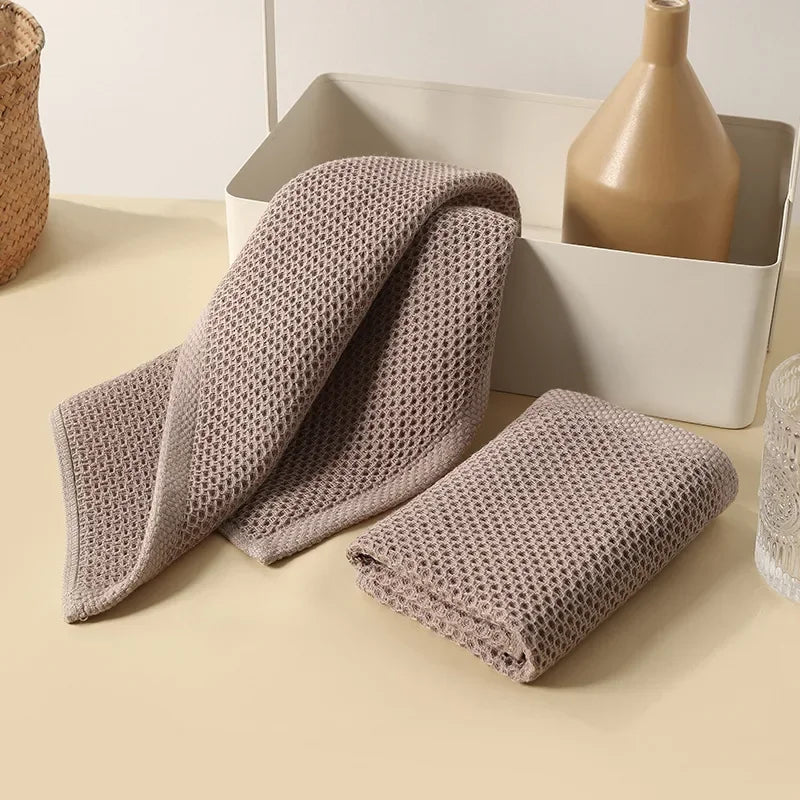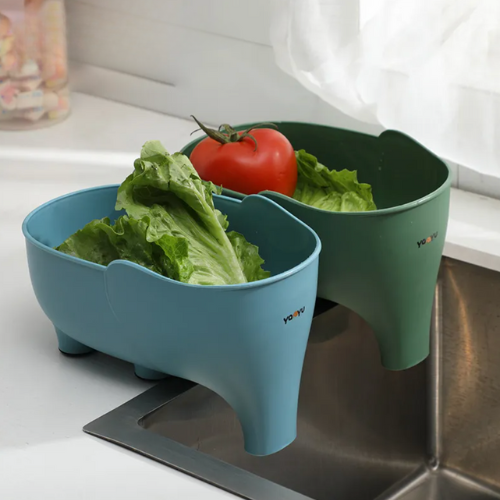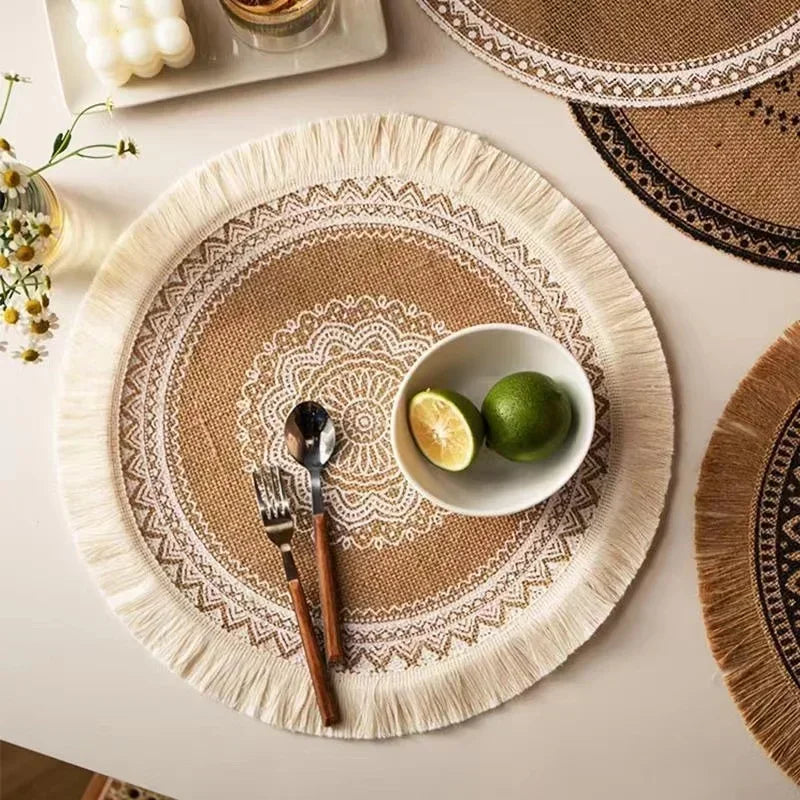Unleashing the Magic of Gluten-Free Baking: A Comprehensive Guide
Discover the world of Gluten-Free Baking with our comprehensive guide. Learn about the best gluten-free flours, baking tips, and delicious recipes to try at home.
Gluten-free baking can seem like a daunting task, especially for beginners. However, with the right knowledge and a bit of practice, anyone can master the art of baking without gluten. This guide aims to provide you with all the information you need to start your gluten-free baking journey.
What Is Gluten-Free Baking?
Gluten-free baking is to the practice of preparing baked goods without using any ingredients that contain gluten. Gluten is a protein found in wheat, barley, rye, and other related grains. People with gluten intolerance, celiac disease, or those following a gluten-free diet for other health reasons need to avoid gluten in their diet.
Gluten-free baking is not just for those with celiac disease or gluten intolerance. Many people choose to bake gluten-free for its potential health benefits, such as improved digestion and increased energy levels. Plus, with the wide variety of gluten-free flours available today, you can still enjoy all your favorite baked goods without the gluten.
The key to successful gluten-free baking is understanding the different types of gluten-free flours and how they behave in recipes. Some popular gluten-free flours include almond flour, coconut flour, and rice flour. Each of these flours has its unique taste and texture, so it's important to experiment and find what works best for you.
When it comes to gluten-free baking, precision is crucial. Unlike traditional baking, where you can often "eyeball" measurements, gluten-free baking requires exact measurements to ensure the right texture and rise. A digital scale can be a great tool to help with this.
Another important aspect of gluten-free baking is understanding the role of xanthan gum. This ingredient is often used in gluten-free baking to mimic the elasticity and stickiness of gluten. However, not all recipes require xanthan gum, so it's important to follow the recipe instructions closely.
Gluten-free baking can be a fun and rewarding experience. With a bit of patience and practice, you can create delicious gluten-free bread, cakes, cookies, and more. So why not give it a try? You might be surprised at how easy and enjoyable it can be.
What Flour Is Best For Gluten Free Baking?
The best flour for gluten-free baking varies depending on the recipe. However, a blend of gluten-free flours such as almond flour, coconut flour, and rice flour often works well. Some people also use a pre-made gluten-free flour blend available in stores.
Is There A Trick To Baking With Gluten-Free Flour?
Yes, there are several tricks to baking with gluten-free flour. One common tip is to use a blend of gluten-free flours to mimic the texture and taste of regular flour. Additionally, xanthan gum or psyllium husk can be added to help bind the ingredients together, as gluten-free flours lack the binding capabilities of gluten.
Tips for Gluten-Free Baking:
- Mix different flours. Combining different gluten-free flours can help improve texture and flavor. Experiment with blends of flours like rice flour, almond flour, tapioca flour, or coconut flour to find the right combination for your recipe.
- Add binders. Gluten-free flours lack the binding properties of gluten. So add binders like xanthan gum or guar gum to improve the texture and prevent crumbling. These binders help replicate the elasticity and structure that gluten provides.
- Use leavening agents. Add more leavening agents such as baking powder or baking soda to the gluten-free flour to help the baked goods rise properly. Adjust the amount according to the flour mixture and recipe.
- Increase moisture. Gluten-free flours tend to absorb more liquid, so adding extra moisture to the recipe can help prevent dryness. This can be done by adding additional eggs, oil, yogurt, applesauce, or other wet ingredients.
- Rest the batter. Let the batter or dough rest for a short period before baking. It can help the flour hydrate and improve the texture of the final product.
- Avoid overmixing. Gluten-free batters are more delicate. Stir the ingredients until combined. Overmixing can lead to a denser texture.
- Check the baking time. Gluten-free baked goods may require slightly shorter or longer baking times compared to traditional recipes. Keep a close eye on your baked goods and use a toothpick or cake tester to check for doneness.
What Do You Use For Gluten Free Baking?
For gluten-free baking, you can use a variety of gluten-free flours, xanthan gum or psyllium husk for binding, and regular baking ingredients like sugar, baking powder, and baking soda. You can also use gluten-free versions of ingredients that often contain gluten, such as soy sauce or stock cubes.
Can I Just Replace Flour With Gluten-Free Flour?
In most cases, you can't simply replace regular flour with gluten-free flour in a 1:1 ratio because they have different properties. Gluten-free flours don't have the same binding abilities as regular flour, so you may need to add a binding agent like xanthan gum or psyllium husk. Additionally, different gluten-free flours have different tastes and textures, so you may need to use a blend of flours to achieve the desired result.
Gluten-Free Baking Recipes
Gluten Free Banana Cake
The right address for a gluten-free and light dessert. This healthy and delicious recipe will be the first choice for sweet cravings, tea and coffee hours.Try...
Gluten Free Chocolate Cookie
Whisk flour and baking soda in a medium bowl until combined. Using an electric mixer on low speed, beat butter, brown sugar, organic sugar, vanilla, and...
Gluten-Free Cinnamon Rolls
Looking for the perfect cinnamon roll recipe that is also gluten-free? We’ve got you covered. This recipe will show you how to make easy peasy cinnamon...
Gluten-Free Buckwheat Pancakes
These gluten free buckwheat pancakes’ unique texture and flavor more than make up for their humble looks. Made from naturally gluten-free buckwheat flour,...
Gluten-Free Almond Cake
Indulge in the rich, nutty flavor of our Gluten-Free Almond Cake. Perfect for those on a gluten-free diet, this cake is moist, fluffy, and full of almond...












